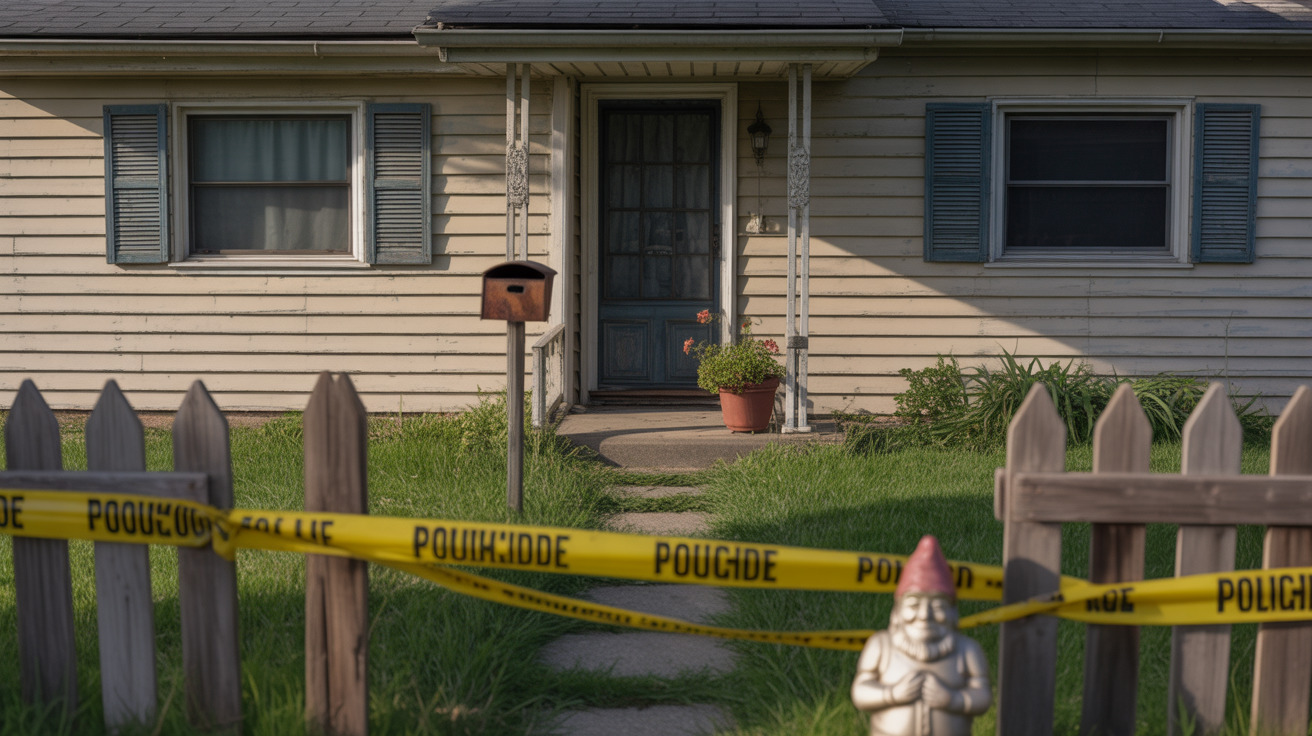Understanding Animal Hoarding and Its Warning Signs
Animal hoarding is a complex behavioral disorder that affects thousands of animals across the United States each year. Unlike responsible pet ownership, hoarding situations typically involve an inability to provide adequate care, leading to overcrowded, unsanitary conditions that compromise animal welfare.
The Edison case demonstrates several common characteristics of animal hoarding situations. When authorities find deceased animals alongside living ones, it often indicates that the situation has escalated beyond the individual's ability to manage. These conditions pose significant health risks not only to the animals but also to the hoarder and surrounding community.
Animal Hoarding New Jersey: Legal Framework and Enforcement
New Jersey takes animal hoarding cases seriously, with specific laws designed to protect animal welfare and public health. When authorities condemn a property due to animal hoarding, it signals that conditions have deteriorated to levels that pose immediate dangers.
The legal consequences for animal hoarding in New Jersey can include criminal charges, hefty fines, and mandatory mental health evaluation. Property owners may also face civil penalties and be required to cover the costs of animal rescue and rehabilitation efforts.
Animal Hoarding Laws and Penalties
State and local authorities work together to enforce animal welfare laws in hoarding cases. The process typically involves immediate animal rescue, property assessment, and legal proceedings against the responsible party. In severe cases like the Edison situation, properties may be condemned to protect public health and safety.
Animal Hoarding Mental Health Connections
Research consistently shows strong links between animal hoarding and underlying mental health conditions. Many individuals who engage in animal hoarding believe they are helping animals, but their inability to recognize the inadequate living conditions creates a cycle of suffering.
Mental health professionals often identify animal hoarding as a form of obsessive-compulsive disorder or other psychological conditions that require specialized treatment. Successful intervention typically requires both immediate animal rescue and long-term mental health support for the individual.
Animal Hoarding Prevention and Community Response
Prevention efforts focus on early identification and intervention before situations reach crisis levels. Community members play a crucial role in recognizing warning signs and reporting concerns to appropriate authorities.
Animal hoarding prevention also involves education about responsible pet ownership, spaying and neutering programs, and accessible mental health resources. These comprehensive approaches help address both the immediate animal welfare concerns and the underlying factors that contribute to hoarding behaviors.
Report Animal Hoarding: Taking Action
When community members suspect animal hoarding, prompt reporting can save lives and prevent situations from escalating. Local animal control agencies, health departments, and law enforcement work together to investigate reports and coordinate rescue efforts when necessary.
Animal Hoarding Health Risks and Community Impact
The health risks associated with animal hoarding extend far beyond the animals themselves. Overcrowded conditions, poor sanitation, and the presence of deceased animals create environments that pose serious health hazards to humans as well.
These situations can affect air quality, attract pests, and create unsanitary conditions that impact entire neighborhoods. The Edison case, with its condemned property status, illustrates how severe these situations can become when left unchecked.
Frequently Asked Questions
What are the signs of animal hoarding in a home?
Warning signs include strong odors, numerous animals visible from outside, unkempt property conditions, and reluctance to allow visitors inside. Other indicators include the owner's inability to provide basic care details about their animals and defensive responses to questions about animal welfare.
What happens to animals rescued from hoarding situations?
Rescued animals typically receive immediate veterinary care, rehabilitation, and behavioral assessment. Healthy animals are often placed in foster homes or shelters for adoption, while those requiring extensive medical treatment receive specialized care. Unfortunately, some animals may need humane euthanasia if their conditions are beyond treatment.
How can I report suspected animal hoarding in my neighborhood?
Contact your local animal control agency, health department, or law enforcement. Provide specific details about your observations, including addresses, number of animals visible, and any health or safety concerns. Most agencies investigate reports confidentially and work with other authorities to coordinate appropriate responses.
Moving Forward: Community Awareness and Action
The Edison animal hoarding case serves as a sobering reminder that these situations can occur in any community. By understanding the warning signs, legal framework, and reporting procedures, community members can help prevent future tragedies and ensure that both animals and individuals receive the help they need before situations reach crisis levels.






